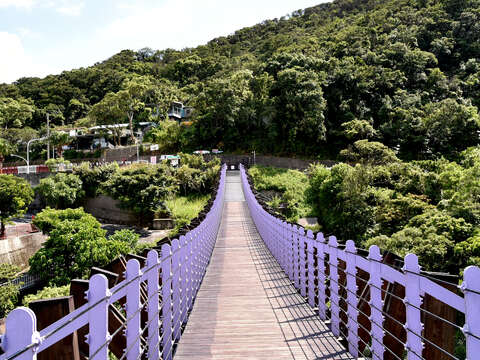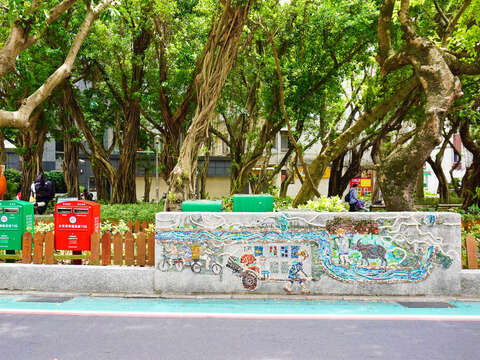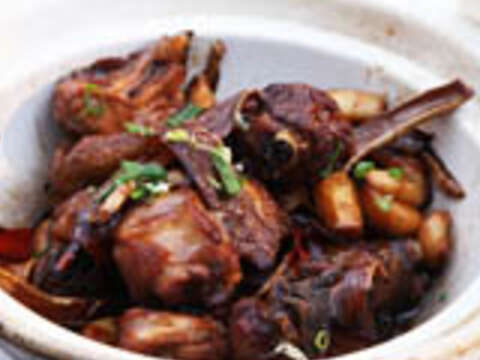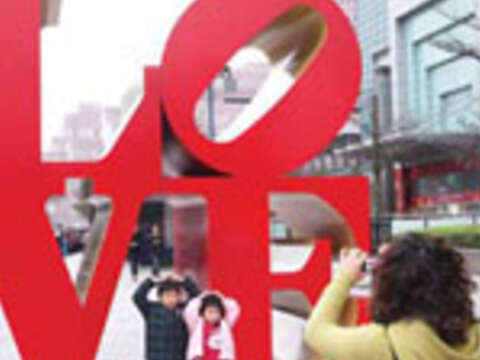Post date:2014-12-18
4182
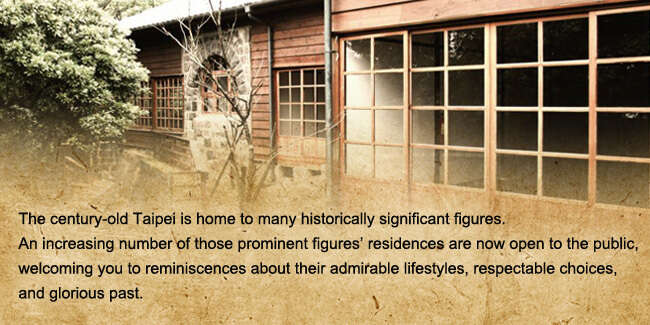
- Travel days
- 1-Day Tour
Introduction
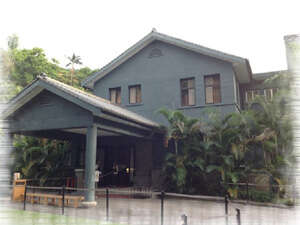
Former Official Residence of Chiang Kai-shek and Madam Chiang in Shilin
The former official residence of Chiang Kai-shek and Madam Chiang maintains a quiet and attractive garden. The garden is full of plums, chrysanthemums and roses favored by the Chiang couple. Flowers bloom according to season and make for a stunning view throughout much of the year.
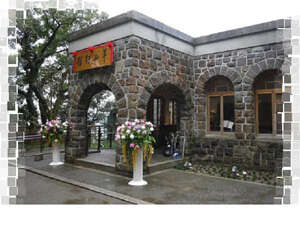
Grass Mountain Chateau
The Grass Mountain is not a mountain, but a valley encircled by three mountains (Datun, Qixing and Shamao mountains). When China's Nationalist Government relocated to Taiwan in 1949, the then-President Chiang Kai-shek moved into the quiet Grass Mountain Chateau, previously a guest house of Taiwan Sugar Company. Perched strategically on the mountaintop, the chateau commands a view of such natural phenomena as the Guandu Plain, Shezidao and Mt. Guanyin. Grass Mountain was renamed as Yangmingshan in 1950 in memory of the great philosopher Wang Yang-ming.
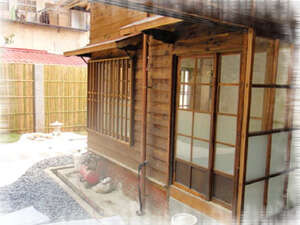
Former Residence of Liang Shi-Qiu
The Former Residence of Liang Shi-Qiu on Yunhe Street in Taipei City is a one-story, 81-ping (i.e., 267m2), classic wooden structure. After its inauguration in 1933 as the dormitory for Category-3 high-ranking officials in the Japanese colonial period, the house was taken over in 1951 by the National Taiwan Normal University (NTNU) to accommodate the teaching staff of the school’s Department of Economic Management.
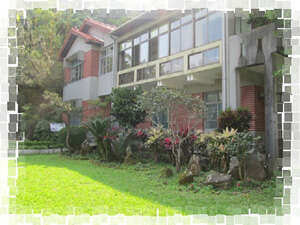
The Ch'ien Mu House
The Sushu Building is a former residence of Mr. Ch’ien Mu, a prominent figure in contemporary Chinese literature. In 1967, Mr. Ch’ien built this house in Waishuangxi and named it after the Wuxi (China) family estate where his mother lived. At the Ch’ien Mu House, every detail of the garden, such as the footpath lined with maple trees and rows of bamboo, is a result of years of tireless horticultural efforts by Mrs. Ch’ien.
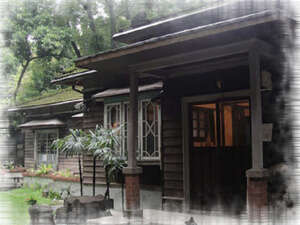
Ma Ting-Ying Residence
Ma Ting-Ying Residence is also known as Qiantian Seven-Six, being located at No. 6, Lane 7, Qingtian Street, in a neighborhood known for Taipei City’s largest concentration of historic Japanese-style housing, or ying-zhai.
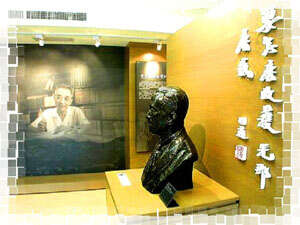
Hu Shih Memorial Hall
This hall was established in memory of Dr. Hu Shih, an early advocate of liberalism and an academic known for his "boldness in hypothesis and care in corroboration." A former ambassador to the United States and head of Peking University in China, Dr. Hu returned to Taiwan to serve as president of Academia Sinica. The Hu Shih Memorial Hall was established on December 10, 1962, in the same year that Dr. Hu passed away. It is located at the Nangang residence where Dr. Hu lived during his tenure at Academia Sinica.
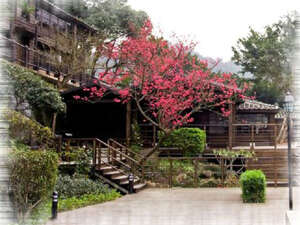
Marshal Zen Garden
Marshal Zen Garden, nestled in the shaded foothills of the Beitou area, was completed halfway through the Japanese colonial period as the Xin Gao Hotel, a complex of two structures with gray roofing and wooden walls where socialites indulged in lavish banquets and hot spring baths. During World War II, the hotel was converted into a reception hall for Japanese Kamikaze pilots before their suicide operations. In the 1960s, after Taiwan was returned to the rule of the nationalist government, General Zhang Xueliang was placed under house arrest along with his wife at the site by then-president Chiang Kai-shek for organizing the Xi’an Incident, in which Zhang emphasized his belief that fighting against the Japanese invasion should be a top priority.
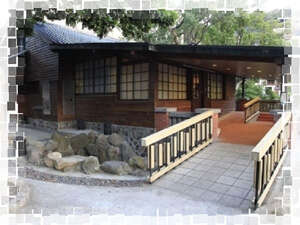
Plum Garden
This was once the summer getaway home for famed Chinese calligrapher Yu You-ren. Built around 1930s, the spacious courtyard is richly tree-shaded, and the Japanese-style wooden structure is in perfect condition. This cite is an official city landmark building and there is a visitor information center on-site.
Expert Tips for History Enthusiasts
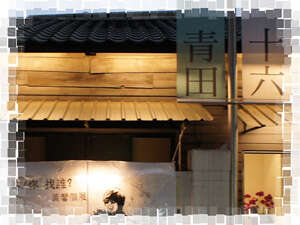
'Showa Town & Qingtian Street' by Aquarius
In the post-1925 Showa period, Qingtian Street was designated by the Japanese colonialists as part of Showa Town (or "Showa Cho"). When the Taihoku Imperial University, or present-day NTU, was hastily founded in 1928, faculty staffers seeking to build their houses on Qingtian Street were forced to take out bank mortgages rather than ask for the help of the Great Depression-stricken Taiwan Governor-General Office, which unexpectedly added architectural diversity to the Japanese-style neighborhood. Take a walk in the street's Lanes 7, 9 and 11 and you'll be surprised how each wooden house has a distinctive personality!
Professors living in this neighborhood after World War II, mostly working for present-day NTU or National Taiwan Normal University, included historian Shen Gang-bo, calligrapher Yu You-ren, oracle bone script expert Dong Zuo-bin, internationally-renowned geologist Ma Ting-ying, and Xu Shou-shang, who headed NTU's Department of Chinese Literature. They were later joined by ethnically Taiwanese but Japan-trained NTU professors such as Yang Jin-shun and Liu Rong-biao (from the Department of Electrical Engineering and Veterinary Medicine, respectively); plus the Taiwanese and Hakka people living in the community, and some professors' Japanese wives or Japanese professors not repatriated after the war. One cannot help but wonder which language these people spoke when trying to borrow kitchen supplies from each other on this multilingual Qingtian Street. Fujian dialect or Japanese?
A Tour of Historic Figures' Residences
09:00-10:00 Former Official Residence of Chiang Kai-shek and Madam Chiang in Shilin
The former official residence of Chiang Kai-shek and Madam Chiang maintains a quiet and attractive garden. The garden is full of plums, chrysanthemums and roses favored by the Chiang couple. Flowers bloom according to season and make for a stunning view throughout much of the year.
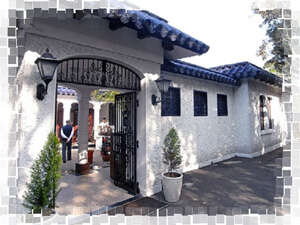
10:30-11:30 The Lin Yutang House
Lin Yutang was born in 1895 and achieved fame for his English-language articles. He determined both the location and design for this house, which was completed in 1966 as an East-meets-West project or, more precisely, a Chinese four-walled courtyard structure with a Spanish twist. Other than a comprehensive collection of Lin's manuscripts and books (plus a well-preserved English typewriter), there is also a restaurant on the residence premises that serves his favorite southern Fujian delicacies, such as Xiamen Fish Fillets and Tong'an Pork Knuckles.
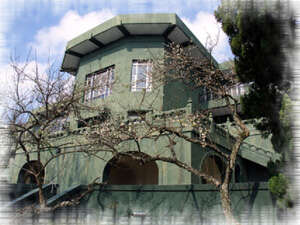
12:00-13:00 Yangming shuwu
Previously known as the Zhongxing Guesthouse, the construction of Yangmingshuwu was completed between 1969 and 1970 to serve as a place where the late President Chiang Kai-shek received guests from around the world and spent his summer vacations.
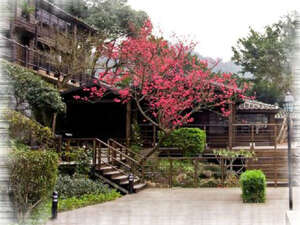
13:30-15:00 Marshal Zen Garden
Marshal Zen Garden, nestled in the shaded foothills of the Beitou area, was completed halfway through the Japanese colonial period as the Xin Gao Hotel, a complex of two structures with gray roofing and wooden walls where socialites indulged in lavish banquets and hot spring baths. During World War II, the hotel was converted into a reception hall for Japanese Kamikaze pilots before their suicide operations. In the 1960s, after Taiwan was returned to the rule of the nationalist government, General Zhang Xueliang was placed under house arrest along with his wife at the site by then-president Chiang Kai-shek for organizing the Xi’an Incident, in which Zhang emphasized his belief that fighting against the Japanese invasion should be a top priority.
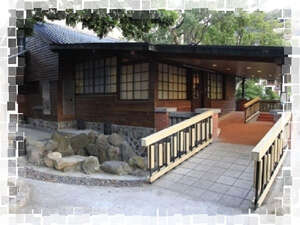
15:30-16:30 Plum Garden
This was once the summer getaway home for famed Chinese calligrapher Yu You-ren. Built around 1930s, the spacious courtyard is richly tree-shaded, and the Japanese-style wooden structure is in perfect condition. This cite is an official city landmark building and there is a visitor information center on-site.
17:00-19:00 Tianmu Marketplace
The intriguingly exotic streets, architecture, pedestrians, stores and signage across Tianmu, which is centered on the intersection of Zhongshan N., Tianmu E. and W. Roads while stretching southward from Tianmu E. Road to Zhongcheng Road, are attributed to the long-removed U.S. military presence, as much as the current American and Japanese Schools. Tianmu offers various shopping experiences, ranging from unique stores in the alleys to department stores, namely Dayeh Takashimaya, Eslite, Shin Kong Mitsukoshi and SOGO.
 Residences of Historic Figures
Residences of Historic Figures




